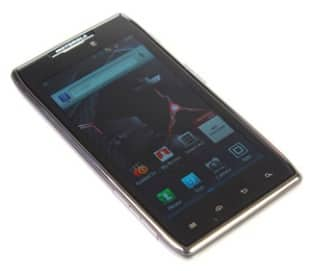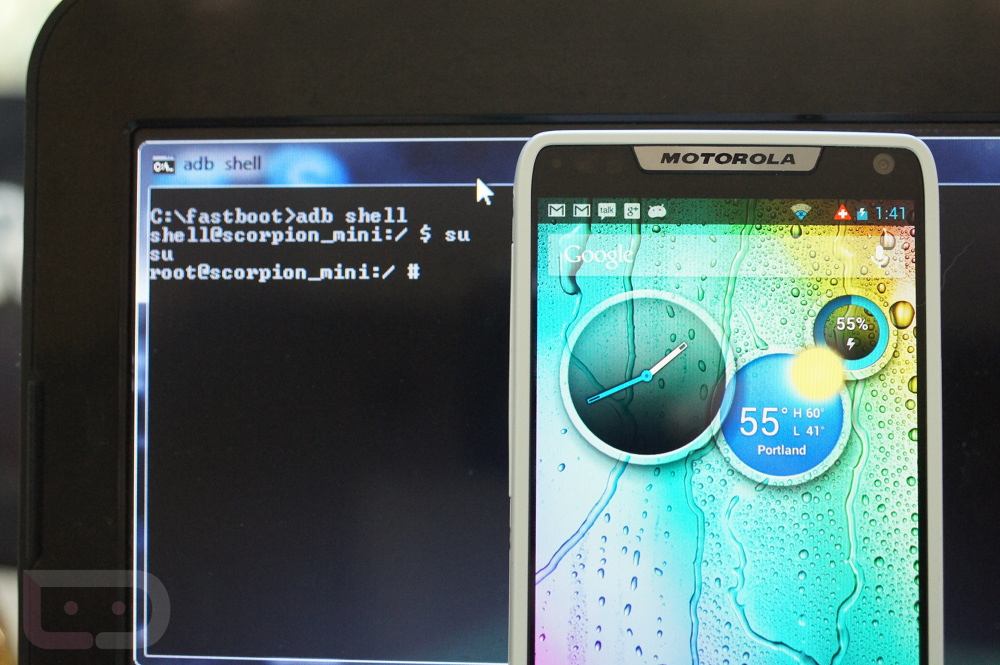Motorola DROID RAZR Manual / User Guide This is the official Motorola DROID RAZR User Guide in English provided from the manufacturer. If you are looking for detailed technical specifications, please see our Specs page.
- Droid Razr Maxx Hd Battery
- Droid Razr Maxx Hd User Manual Pdf Download
- Motorola Droid Maxx User Guide
- Droid Maxx 2 Manual
- Droid Razr Maxx Hd 4.4
- Check it out 1 Check it out When you’re up and running, be sure to explore what your smartphone can do.Watch: Experience crisp, clear photos, movies, and videos on your large 4.7' Super AMOLED 720p HD.
- Where can i get an operational manual for my droid razr maxx.
This is the official Motorola DROID RAZR User Guide in English provided from the manufacturer. If you are looking for detailed technical specifications, please see our Specs page.
Description
The Motorola DROID RAZR's kevlar, steel and aluminum accents fuse to create a handset that is a worthy successor to the extremely popular RAZR line. Add a 4.3' qHD Super AMOLED Advanced screen and a powerful dual-core chipset, and the Motorola DROID RAZR has successfully taken the RAZR paradigm to the new Android smartphone realities.
Manual-User-Guide.com > Motorola phones › Specs Motorola Droid RAZR HD
| Main display: Super AMOLED 16M colors 720 x 1280 px (4,70″) 312 ppi |
| Android 4.0.4 Ice Cream Sandwich |
| 1,50 GHz |
| Li-Ion 2530 mAh |
| Internal memory: 16 GB |
| RAM memory: 1 GB |
| 8 Mpx, 3264x2448 px |
41 User Reviews
| Dimensions: | 131,9 x 67,9 x 8,4 mm |
| Weight: | 146 g |
| GSM frequencies: | 850/900/1800/1900 |
| Standard UMTS: | 850/900/1900/2100 |
| Standard battery: | Li-Ion 2530 mAh |
| Internal memory: | 16 GB |
| RAM memory: | 1 GB |
| Memory cards: | microSD, microSDHC, max 32 GB |
| Operating system: | Android 4.0.4 Ice Cream Sandwich |
| Processor: | 1,50 GHz |
| Main display: | Super AMOLED 16M colors 720 x 1280 px (4,70″) 312 ppi |
| Touchscreen: | Yes |
| Digital camera: | 8 Mpx, 3264x2448 px |
| Secondary camera: | 1,3 Mpx, 1280x960 px |
| Flash: | Yes |
| Video: | H.264, MPEG4 |
| MP3: | Yes |
| Radio: | Yes |
| Dictionary: | Yes, T9 |
| EMS: | - |
| MMS: | Yes |
| Speakerphone: | Yes |
| Voice dial: | Yes |
| Call forwarding: | Yes |
| e-mail client: | Yes |
| RSS Reader: | Yes |
| IrDA: | - |
| Bluetooth: | Yes, v4.0 |
| GPRS: | Yes |
| EDGE: | Yes |
| WiFi: | Yes, v802.11 a/b/g/n |
| Hotspot WiFi: | Yes |
| DLNA: | Yes |
| WAP: | Yes, v2.0 |
| xHTML: | Yes |
| HSCSD: | - |
| HSDPA: | Yes, 21,10 Mbit/s |
| HSUPA: | Yes, 5,76 Mbit/s |
| HSPA: | Yes |
| HSPA+: | - |
| LTE: | Yes |
| NFC: | Yes |
| WiMAX: | - |
| USB | Yes, v2.0 |
| HDMI | Yes |
| GPS: | Yes |
| GLONASS: | Yes |
| Push To Talk: | - |
| Java: | Yes, Dalvik |
| Calendar: | Yes |
| Watch: | Yes |
| Recorder: | Yes |
| Alarm: | Yes |
| Organizer: | Yes |
| Calculator: | Yes |
| Polyphony: | Yes |
Mobile terms glossary
GSM stands for Global System for Mobile Communication and is the most popular 2G mobile phone standard in the world.
 GSM is used by about 80% of all mobile phones - approximately 2 billion people across more than 212 countries.
GSM is used by about 80% of all mobile phones - approximately 2 billion people across more than 212 countries.The widespread use of the GSM standard has made it easy for most mobile phone users to use their phones overseas thanks to roaming agreements between operators using the same GSM standard.
GSM - then labelled Groupe Spécial Mobile was originally conceived back in 1982 as a European standard for mobile phones. The first GSM network went live in 1992 in Finland.
GSM introduced the concept of the SIM card (Subscriber Identity Module card) - a detachable smart card that lets users swap their phone number and contacts between handset.
3G - Analog cellular phones were the first generation while digital marked the second generation.3G is loosely defined, but generally includes high data speeds, always-on data access, and greater voice capacity.
The high data speeds are possibly the most prominent feature, and certainly the most hyped. They enable such advanced features as live, streaming video.
There are several different 3G technology standards. The most prevalent is UMTS, which is based on WCDMA (the terms WCDMA and UMTS are often used interchangeably).
Bluetooth is a low-power wireless networking technology operating in the 2.4 GHz unlicensed Industrial, Scientific and Medical (ISM) band. There are two classes of Bluetooth device — Class 1 devices have higher output power and a range of about 100 meters, and Class 2 devices have lower power and a range of about 10 meters. Bluetooth enables ad hoc networking of up to eight devices (supporting voice and data). The Bluetooth Special Interest Group (SIG) was founded in 1998 by IBM, Intel, Ericsson, Nokia and Toshiba, and is supported by more than 2,500 organizations. The Bluetooth v.1.0 specification was ratified and published in 1999 and supported data rates of up to 1Mbps. Bluetooth Version 2.1, along with its enhanced data rate (EDR) specification, was ratified in March 2007, supporting data rates of up to 3 Mbps, and simplified “pairing” — the process used for securely linking one Bluetooth device to another. It also reduced power consumption, doubling the battery life of headsets and other mobile devices for which the Bluetooth radio consumes a large percentage of the power budget. Version 3.0 (“Seattle”) was adopted by the SIG in April 2009, and the specification included Wi-Fi as an alternative transport layer for large volumes of data, supporting data rates of up to 24 Mbps. The SIG also adopted “Bluetooth low energy,” a new ultra-low-power variant, previously referred to as Ultra Low Power (ULP) Bluetooth and Wibree.
Droid Razr Maxx Hd Battery
GPRS stands for General Packet Radio Service and was the first popular data standard for mobile phones.
 GPRS was used for WAP and MMS messages and offered modest connection speeds - typically 30-40 Kbit/s, although the theoretical maximum is 115 Kbit/s. GPRS is known as a 2.5G technology.
GPRS was used for WAP and MMS messages and offered modest connection speeds - typically 30-40 Kbit/s, although the theoretical maximum is 115 Kbit/s. GPRS is known as a 2.5G technology.One of the early advantages of GPRS is that it s always on so no connection handshake is needed. It is still very popular, especially in the developing world.
The name of EDGE
Droid Razr Maxx Hd User Manual Pdf Download
in full is Enhanced Data rates for GSM Evolution. This is a 2.75G technology further developed from the 2G and 2.5G technologies. Its data transmission speed is higher than that of GPRS and is closer to 3G technology.Wi-Fi is a WLAN (Wireless Local Area Network) technology. It provides short-range wireless high-speed data connections between mobile data devices (such as laptops, PDAs or phones) and nearby Wi-Fi access points (special hardware connected to a wired network).
The older variant of Wi-Fi, 802.11g, is capable of providing speeds of up to 54Mbps and is backwards compatible with 802.11b (providing up to 11Mbps).
The more recent standard is called 802.11n (offering speeds of up to 150Mbps per channel or up to 600Mbps in total). It can be used in the 2.4 GHz or 5 GHz frequency bands, though a receiver needs to have dual-band antenna to operate on both.
DLNA refers to both an organization and the technology they created. The DLNA standard is used for sharing music, photos and video over an existing home network. For example, by using DLNA you could stream video from your phone to a compatible TV-set using a Wi-Fi network.
Universal Serial Bus (USB) is a serial bus standard to interface computer peripherals. USB is quickly replacing the need for serial and parallel ports to interface devices.
Motorola Droid Maxx User Guide
HDMI - Stands for High-Definition Multimedia Interface. HDMI is a digital interface for transmitting audio and video data in a single cable. It is supported by most HDTVs and related components, such as DVD and Blu-ray players, cable boxes, and video game systems.Droid Maxx 2 Manual
Droid Razr Maxx Hd 4.4
